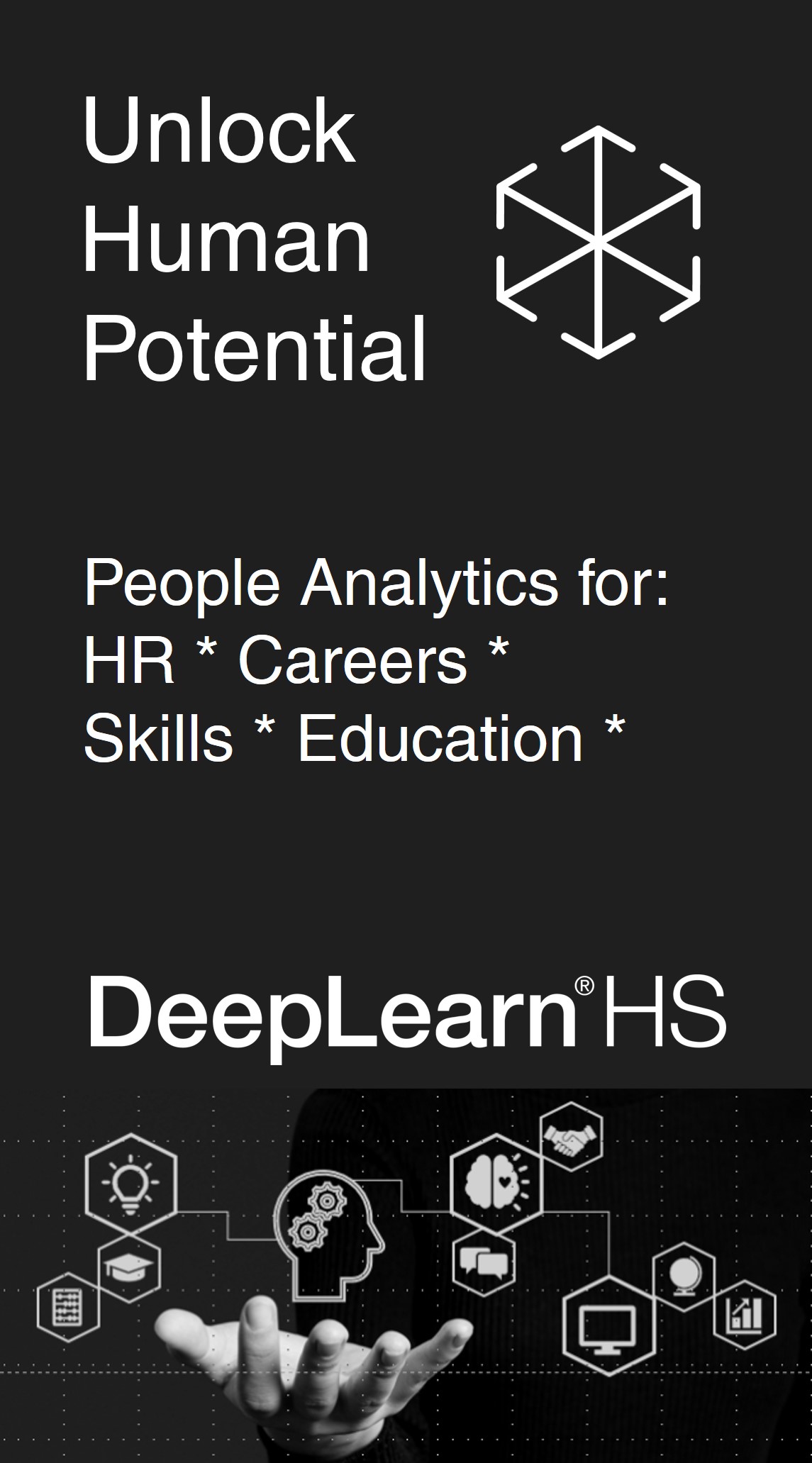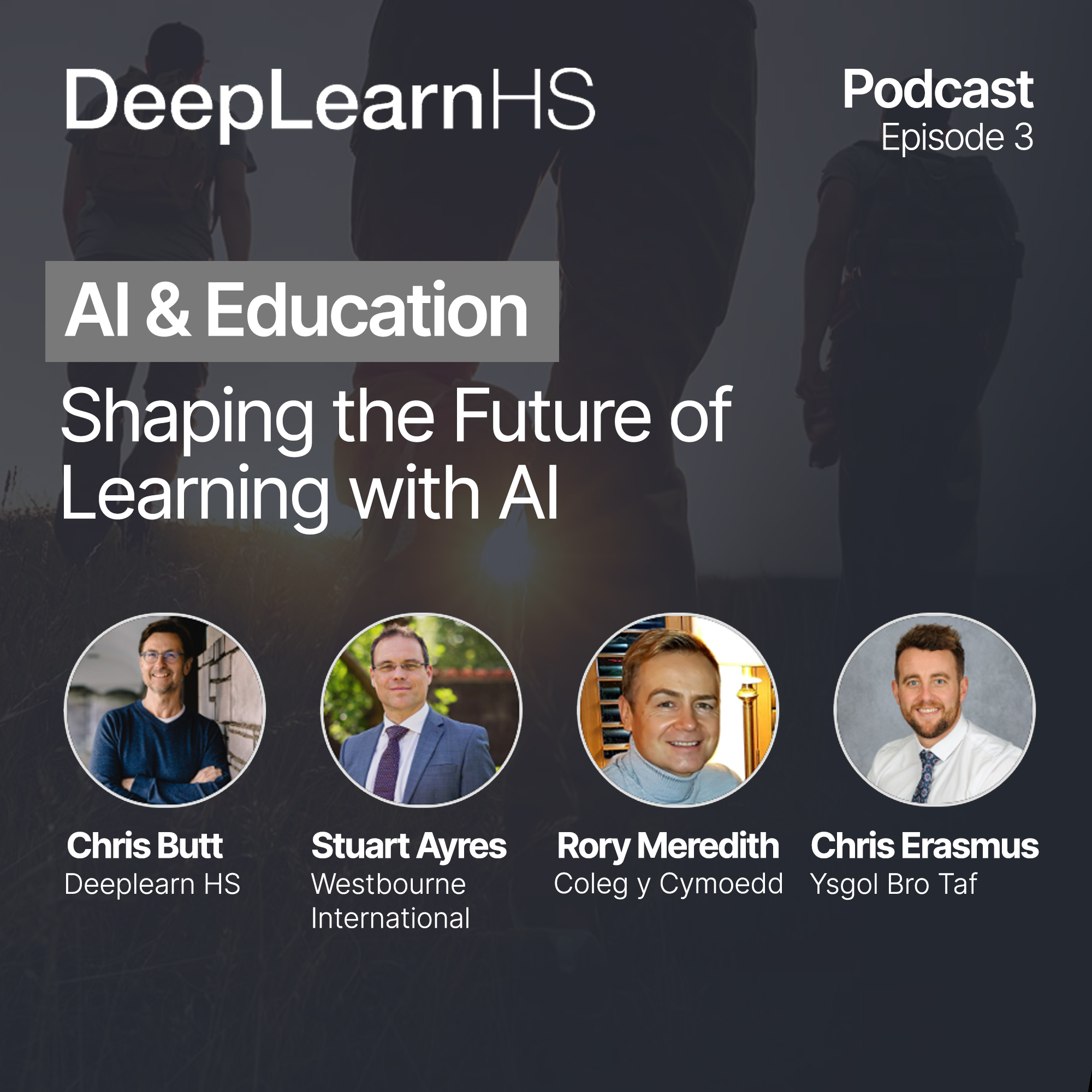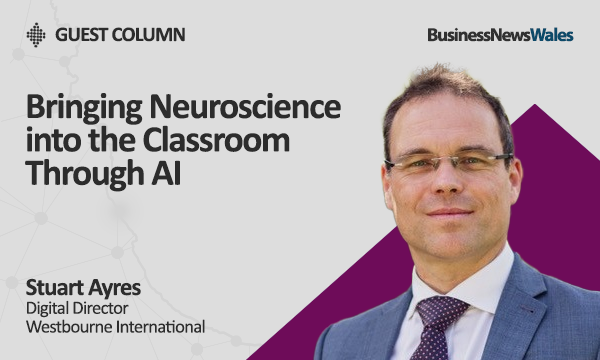
GUEST COLUMN:
Chris Erasmus
Head of Lower School
Ysgol Bro Taf
AI is starting to make its mark in schools – and while we’re still in the early days of using it, the potential is becoming increasingly clear.
At Ysgol Bro Taf, we’re a three to 16 school, with learners from nursery through to Year 11. As a new school, we’ve had the chance to think about how to integrate AI from the outset. So far, we’ve seen promising developments in two areas: improving teaching and learning in the classroom, and reducing some of the administrative burden on teachers.
We’ve recently begun using AI to support with data analysis and other leadership tasks. It’s already made processes a bit slicker and helped us free up time for work that has a more direct impact on students. As anyone working in education will know, teacher workload is frequently in the headlines. AI won’t solve that on its own, but it does offer a genuine opportunity to lighten the load in areas like report writing, analysis and routine admin. That said, it’s vital we don’t become over-reliant. There’s always a risk of these tools becoming a little too generic, so we’re making sure that what we use is tailored to our context, our learners and our values.
It’s in the classroom, though, where I’ve seen some of the most encouraging examples of what AI can help us do, particularly when it comes to closing the gap for disadvantaged learners.
For some pupils, especially those who don’t have regular access to books or wider cultural experiences outside of school, creative writing can be a challenge. Their peers who’ve grown up surrounded by literature often arrive in the classroom with a broader vocabulary and a deeper pool of ideas to draw from. That can make a real difference when it comes to expressing themselves on the page.
We’ve started using AI in a very focused way to support creative writing, and it’s already making a difference. Some of our pupils have used AI tools to explore vocabulary, test out sentence structures, and generate ideas that help unlock their own thinking. It’s not about replacing their voice but about giving them a new way in. In several cases, it’s helped students produce work that’s much more in line with what their peers are doing. For those children, that’s a real confidence boost.
We’re also seeing pupils in the upper years using AI to support coursework. Some are applying these tools in creative and thoughtful ways, using them to shape their ideas and refine their writing. It raises an important question about how we assess that work – and how we value the skills they’re developing. If a pupil is using AI in a competent and constructive way, that shows digital understanding, and that’s a skill in itself. But we also have to be mindful of equity. One child might have learned how to use these tools effectively, while another might be approaching the same task without access or support. That’s a gap we need to be aware of.
These are live questions. I don’t think anyone has the full answer yet, and I suspect the answers will keep evolving. What’s clear is that we need professional guidance, space to explore what works, and above all, a sense of caution about what we assume these tools can do.
There’s no doubt that teaching will have to adapt. That doesn’t mean replacing teachers or changing what matters most in the classroom – far from it. Great teaching is still about relationships, understanding your learners, and responding to their needs. What AI can do is support that process. But it’s only a tool. It can enhance good teaching; it can’t replace it.
We’re building professional learning into our approach so that staff have time and space to upskill, not just in using the tools, but in understanding where they fit. Creativity is part of that. For AI to be useful in the classroom, teachers need to understand how to bring it in meaningfully without losing the human element.
At this stage, we’re still testing what works. We’re open to new ideas, and we’re learning from each other. But already I can see the potential for AI to make a real difference, not just by helping us manage our time better, but by giving every child a better chance to succeed. That’s what matters most.
Chris Erasmus talks about this and more in the DeepLearn HS podcast episode AI and Education – Shaping the Future of Learning with AI. Listen to the podcast here.












